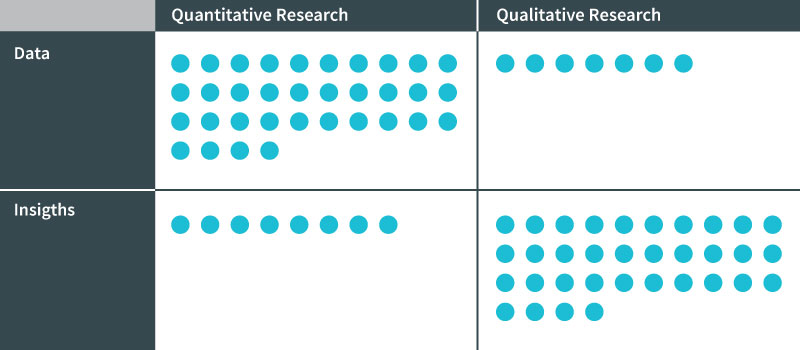User Research
asking the users and observing them (but not too much)
 observing baby caring in public spaces
observing baby caring in public spaces
When I say “User Centered Design” I mean that it is very important to understand who the users of our product and services (or the future ones) are, what their objectives and motivations are, the task they want to complete and why, what benefits they can get using them. People don’t use or buy objects, they want benefits. And these could be tangibles (time, money) and intangibles (beauty, security, freedom, uniqueness…).The first one is related to the reason and second one to emotions (see Nathan Shedroff Making Meaning).
The best way to put ourselves in users shoes is to get to the places they live and work, to the places they (will) use our solutions, and observe and interview them in their real context. Thus, it is possible to see what people do, listen to what they say, understand why they do and say that, and as well how they feel. User research takes time and effort, but is always an investment, in the end it saves money.
To conduct user research is an investment. It is more expensive not to do that.
When talking to my clients, I observe, above others, 4 kinds of barriers to conduct user research:
1. “I am a user as well, so I already know what they want”
This is a very typical reaction and a very dangerous one. Some people think their behaviour and needs are universal, but users have different motivation and goals, different abilities and problems. And we have preconceived ideas. User research is a divergent phase in a design process, so we need to understand differences and as well find common patterns.
2. “I have access to BIG DATA, so I know everything about my users”
Big Data analysis and Qualitative User Research are complementary. First one can uncover what people do, when, how often, how long it takes them, even predict what they may do in the future. But User Research can teach us why they do that, what they want to achieve, what their motivation is, how they feel etc. There is a fantastic article about that on UXMAG
3. “What I can get from 8-10 people is insignificant”
Qualitative User research is based on the deep analysis of a few people. Obviously we can’t get conclusions such as “73% of people don’t use a bike because it rains a lot”. That is why selecting and recruiting the correct people is essential and we need to do a segmentation based on people´s behaviour and motivation related to the topic instead of a more classical one related to demographics or buying capacity.
4. “User research is expensive, I can’t afford it”
I think that what is actually expensive is not doing user research, because the cost will be greater in the implementation stage or if we launch a product or a service that doesn’t fit user needs. To break this barrier, start with small investement, show it’s benefits to your client (or boss), and you will (probably) see how he or she starts to change his or her mind.
 comparison in quantity and quality of data among quantitative and qualitative user reasearch
comparison in quantity and quality of data among quantitative and qualitative user reasearch
The last couple of weeks I have been in Malaga and in Madrid conducting a user research related to services in hotels. In collaboration with hMobile we are working with Melia Hotels improving the efficiency of their services and the overall guest experience. We have chosen 2 very different kinds of hotels, and we have observed and interviewed several hotel workers, from housekeeping, room service, guest experience managers, maintenance managers etc. We got a lot of information, a lot of insight, and my clients realized how useful it was. Next time they will invest more (I hope)
To break this barrier, start with small investement, show it’s benefits to your client (or boss)
But there is some risk as well. We can’t ask the user for everything, in my opinion, of course. Once we have understood them, it is our turn to design the improvements and new services that will fit their goals and objectives. We have be careful not to try to solve their problems but rather help them to achieve their objectives. As Raymond Loewy once said:”Don’t tell me to build a bridge, tell me that you want to cross the river.” And as friend told me some months ago: “tell me why you want to cross the river”. This is a quite common mistake while conducting user research, asking people questions like “what do you need?”.
If I had asked my users, they would have asked for faster horses (Henry Ford)
Of course we can organize brainstorming and testing workshops and involve them, and they will probably add good ideas. But the responsibility of designing is ours, and we can’t protect ourselves saying “this is what the users said they want”.
To summarize: ask the users, yes of course; but not too much.